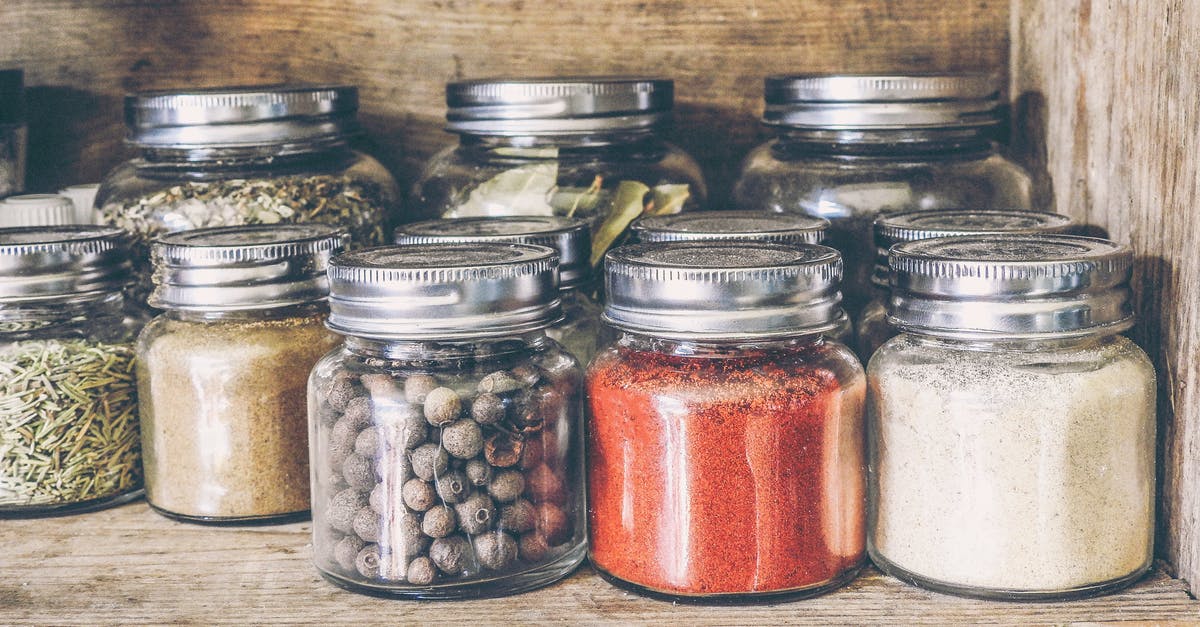Issues with salt loss and dry curing

I want to cure fish so that the maximum amount of salt penetrates into all parts of the fishs' tissue.
I know that with beef or chicken it is impossible to make the wet or dry brine go all the way into the meat. It only penetrates the surface a few milimeters from my experience. However with fish tissue being lighter can the salt go all the way into a 1 inch thick piece at a concentration of say 0.2g in the centre?
I have seen videos where after dry curing on a flat surface the liquid comes out and the fish is sitting in a few milimeters of water or more. Would this not liquid not lead to salt from the bottom end of the fish to come back out? therefore shouldn't one be useing a grill rack or similar so fish is not in contact with released liquid?
I noticed that after some people dry cure they wash the surface of the fish with salt. As in question 2, doesn't this cause salt to be released from the initial surface cells of the fish?
Best Answer
I'm not sure about the possibility of getting the salt all the way into the center of a fish, but I can perhaps address some of your other questions.
First, if you do manage it with a simple salt cure - I expect your food will be inedibly salty. You can look at simple salt curing as it was used as a historical preservation method - recipes using such show that the pieces would have to be soaked or even boiled and the water discarded, sometimes repeatedly, to remove the extra salt content before it was in a state suitable to cook with. Because if this, I expect not having the salt penetrate too far in was a good thing - it would be easier to get the salt back out before cooking.
Second, I don't think a grill rack would be needed, or even desirable, if dry curing in salt. Actually, I think that released liquid may be necessary for the curing to work. The liquid dissolves salt, you see, and salt needs that mobility to get itself into the fish (or whatever is being cured). The released liquid will be much saltier than the food - it has access to all the dry salt it can physically dissolve - and that gradient is enough to keep the salt flowing inward and the liquid flowing outward. If the fish is on a rack, it looses contact with the salt still in the liquid, and it will take a lot more time for the salt particles on the surface to dissolve, and osmosis their way into the food, with all the extra salt being dripped away, and the food potentially drying out (and stopping the salt transfer for lack of medium) even faster. Salt won't come loose just because you see a liquid, you understand, the liquid itself only releases when the concentration of salt is higher outside the fish - and as long as you have more salt outside your fish than inside it, the salt will keep going in as long as there's water to carry the salt.
Third, washing the surface after curing may release a little salt, but the emphasis is on very little. It takes time for the salt to osmosis its way into the food, and it will take time again for it to osmosis its way out - so the rinse will only take the salt on the very surface, and not any that has spent that time to have made its way inside the fish. In addition, the time it takes for salt to move from just under the surface means it will almost certainly not happen until the rinsing is over, so it may re-balance the salt gradient of the outermost edges before they dry, but not more than that. And the edges will have the highest salt concentration anyway, because of physical proximity to the salt, so losing a bit of that is probably only going to help in the process of not making it inedibly salty.
If you honestly want the salt all the way through - probably the best way is to make a weak solution, with the percent of salt you want (remember to take into account your fish's volume), and let the fish sit in the solution for a very long time, so it reaches full equilibrium. The more salt outside, the more water it will draw out of the center - and the presence of water is what lats the salt osmosis inwards, so if the concentration is too high, the salt will 'dry out' the middle before the salt can reach it. Piercing the fish through in a couple places will also help, since it cuts down on the edges, and gives a shortcut in to the center of the fish,so it will reach equilibrium faster.
Pictures about "Issues with salt loss and dry curing"



What are the benefits in dry curing method?
Dry cures of salt, sugar, curing salts, and spices enhance the flavor, texture, and appearance of foods as a prep step when aging, fermenting, smoking, barbecuing, or roasting. Ham, bacon, salt pork, pancetta, and, gravlax are examples of foods that are dry cured.Does curing require salt?
Salt (sodium chloride) is the primary ingredient used in meat curing. Removal of water and addition of salt to meat creates a solute-rich environment where osmotic pressure draws water out of microorganisms, slowing down their growth. Doing this requires a concentration of salt of nearly 20%.What is the purpose of salt and sugar inclusion in curing meat products?
The inclusion of sugar in a cure helps to balance out the flavor of the salt and also helps to draw out moisture. Enzymes within the meat begin to break down the sugars and release lactic and acetic acids. These acids begin to break down proteins and fats into smaller molecules like peptides.What is curing and salting?
Curing is the addition to meats of some combination of salt, sugar, nitrite and/or nitrate for the purposes of preservation, flavor and color. Some publications distinguish the use of salt alone as salting, corning or salt curingand reserve the word curing for the use of salt with nitrates/nitrites.Are Curing Salts Really Necessary?
Sources: Stack Exchange - This article follows the attribution requirements of Stack Exchange and is licensed under CC BY-SA 3.0.
Images: Karolina Grabowska, monicore, Leonardo Rossatti, Monstera
